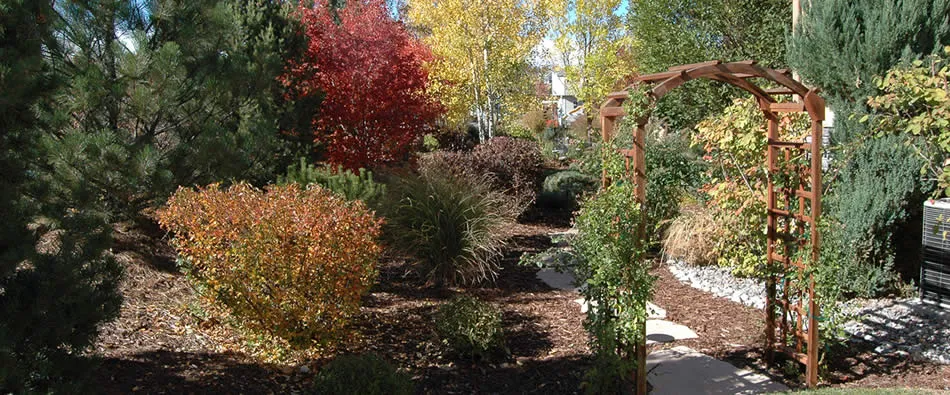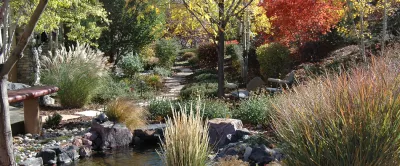Great Design Plant: Sea Holly
Its spiky appearance can be intimidating at first, but sea holly's range of climate tolerances and vivid color make it a landscape winner
Eryngium, commonly known as sea holly, may appear anything but inviting at first, but on closer inspection you'll realize there's nothing to be afraid of. I first discovered this spiky flower in a friend's birthday bouquet and have been a fan ever since. Sea holly has a long history of cultivation, and recent trending in foraged bouquets and wild gardens has given it new popularity. Upright, thistlelike and a vivid shade of blue from tip to stem, this is a flower to note — both in hand and in the garden.
Hailing from Northern Africa, Europe and even Asia, sea holly thrives in many climates.
Botanical name: Eryngium spp
Common name: Sea holly, Eryngo
USDA zones: 5 to 11, depending on species
Water requirement: Low
Light requirement: Full sun
Mature size: 2 to 6 feet tall, depending on species
Benefits and tolerances: Plants attract bees and butterflies; drought and coastal tolerant, depending on species
Distinguishing traits. Often mistaken for thistle, sea holly is identified by its spiny leaves and cone-shape flowers. Sea holly blooms in summer and even into fall, producing a multitude of upright spiky flowers in white, violet, silver, green and every color in between.
Erect stalks of similar colors continue to grow and thrive for the remainder of the year. Leaf types vary from long, narrow spikes to foliage with large lobes.
How to use it. Peeking above the surrounding foliage, sea holly's form breaks up surrounding foliage and creates vertical interest, while its color is in tune with the masses of purple, light green and cream. Plant sea holly in a rock garden, where its preference for well-drained and light soil will come in handy and its cool-blue foliage will complement natural stone colors.
Sea holly is more commonly seen in floral arrangements. Whether used as the primary flower or a bouquet accent, they are long lasting when cut — both fresh and dried. Cut stems when flowers are half open for best results.
Planting notes. Native to a wide variety of climates and growing conditions, sea holly is pretty tolerant and able to grow in a wide variety of environments. Provide ample sun and their foliage and flower hues will deepen and become more vibrant.
Sea holly prefers light, well-drained soil — some species are partial to sandy soils, while others prefer soil that maintains a certain amount of moisture. The one characteristic that all sea hollies share is a single deep taproot. This makes them more resistant to drought but much more difficult to transplant, so transplanting is not recommended.
Chocolate Flower (Berlandiera lyrata)
Who can resist chocolate? You can keep your diet on track by forgoing the candy and enjoying the sweet treat of fragrance from these flowers instead.
Bright yellow petals surround a mahogany-red center atop an open, sprawling form. This native perennial is best used in small groups or masses in a prairie or wildflower garden.
Place it near stones or paving — the surface warmth will enhance the flowers’ aroma. Pair it with ice plant (Delosperma spp), dwarf Russian sage (Perovskia atriplicifolia ‘Little Spire’) and Parry’s agave (Agave parryi). Chocolate flower appreciates poor, dry soil. It’s deer resistant.
Where it will grow: Hardy to -30 degrees Fahrenheit (zones 4 to 9); elevations up to 7,000 feet
Water requirement: Low
Light requirement: Full sun
Mature size: 12 to 18 inches tall and 18 to 24 inches wide
Seasonal interest: Flowers June to September
When to plant: Spring or fall
--------------------------------------------------------------------------------------------
Denver, Colorado






